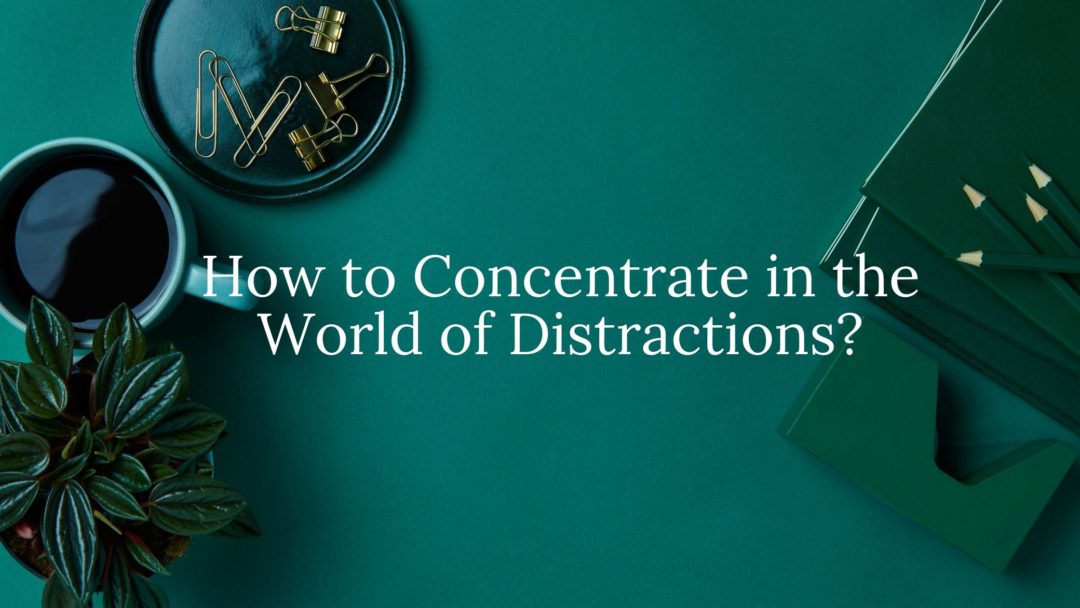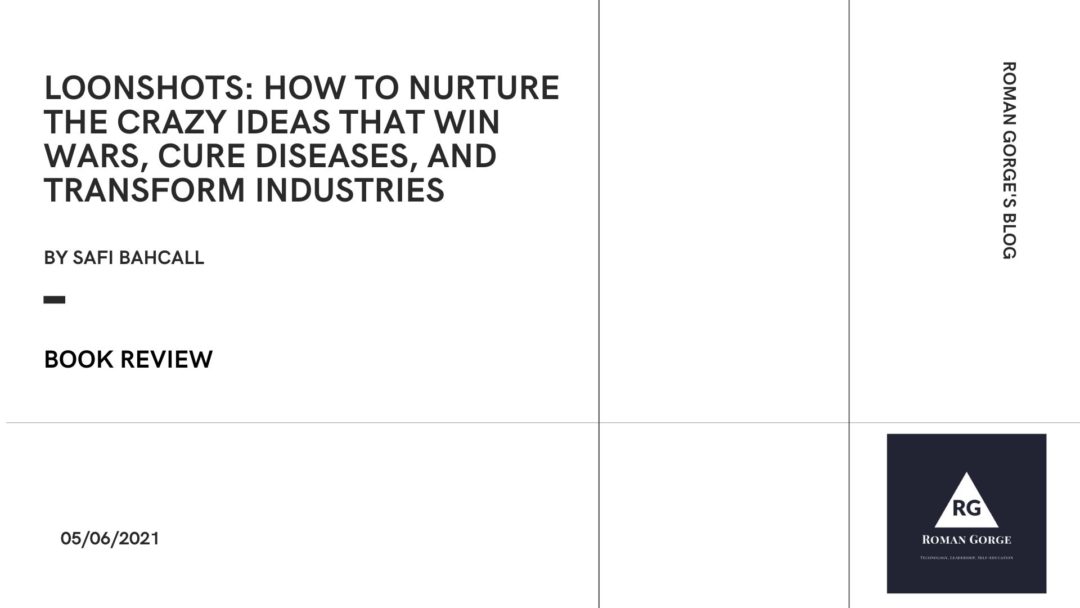Time is a limited resource. It is the only resource we cannot reproduce. If we want to achieve more then we need to increase productivity. Individual productivity depends on how well a person can concentrate and manage distractions.
And our world is full of distractions (surprise!). Everything competes for our attention all the time. Ads, social media, Slack messages, emails. The list is infinite. The world is not going to change (in fact, it is going to be worse over the time). So, we have to adopt to stay focused and keep a steady course to our goals.
There are different opinions on what is happening with human attention span and how digitalization affects it. Some researchers are saying it decreases, others disagree with that. However, the trend to short everything from entertainment content (TikTok videos and Instagram stories) to educational content (“bite-sized” lessons 3-5 minutes each) is clear.
This article is a summary of mechanisms and habits how to manage distractions and improve concentration skills. Some of them I already adopted, others are in the backlog or in progress. I cannot guarantee they will work for you, so feel free to modify them to fit your personality and lifestyle. The mechanisms are not in the priority order and you can start to adopt any of them in any point of time.
Want to know more? Click “Read More” button.
Continue reading
